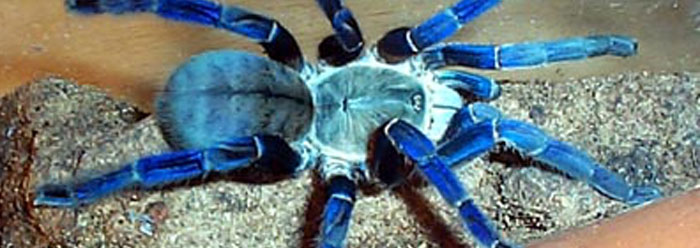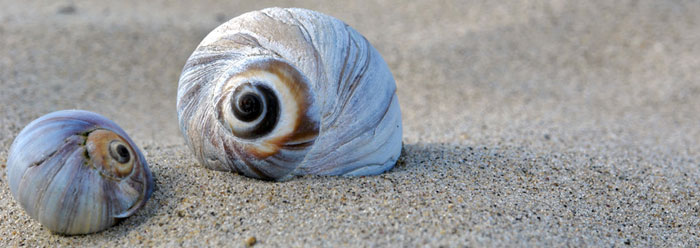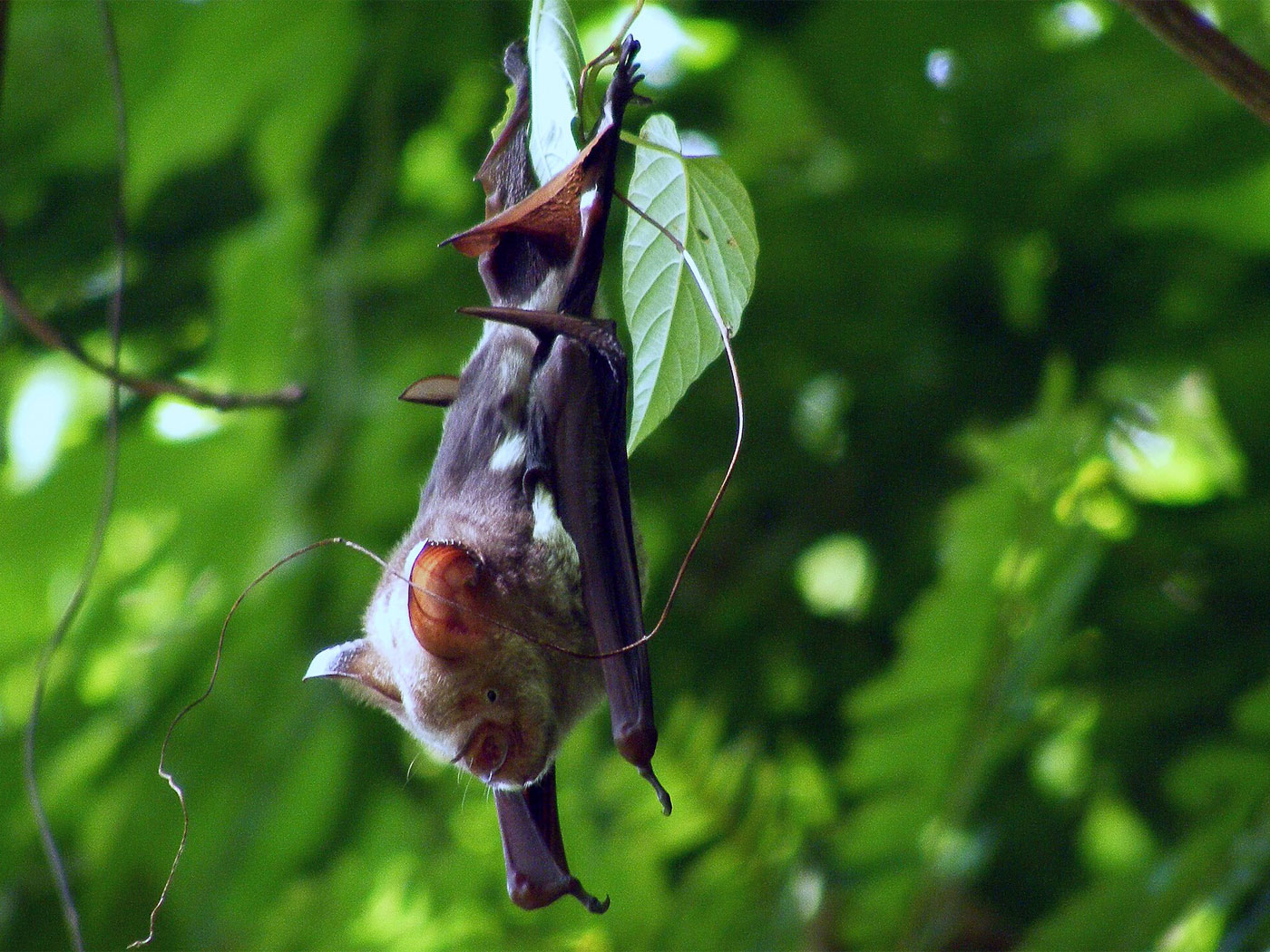Like all other animals, the origin of spiders poses an ongoing problem for evolutionists. According to the fossil record, "the first fossil spiders are known from the Devonian"1 as 100% spiders. The Devonian period supposedly ran from about 350 to 400 million years ago, but spiders haven't evolved since?
Scientists have identified about 900 modern species of tarantulas. Although large and formidable-looking, their bites are actually no worse than a wasp sting. Some tarantulas can live for several decades.
The BBC recently reported a group of tarantulas possessing a beautiful blue color that apparently has an important signaling function.2 Evolutionary researchers maintain this cobalt shade evolved at least eight separate times. But what's the evidence?
To have this amazing color evolve via "good mutations" stretches logic and credibility for several reasons. To begin, the spiders do not have any pigmentation cells to produce the unique blue color. Instead, individual hairs are designed to reflect specific wavelengths of light. The complex arrangements in these reflecting hairs are so small they are referred to as biological photonic nanostructures. It is this sophisticated arrangement within the tarantulas' hair that produces what is known as structural color, similar to the remarkable scales on the Morpho butterfly.3
Is this sophisticated coloring phenomenon the result of time, chance, and natural processes occurring eight separate times, or did it result from plan, purpose, and special creation? The latter explanation is more logical and scientific.
Evolutionist Bor-Kai Hsiung said, "It evolved from multiple origins and different mechanisms [to] produce the very same blue colour...."2 Different mechanisms and multiple origins—all by chance mind you—developed the same structural blue color at around 450 nm [nanometers] eight separate times?
No, life at every level is far too complex and orchestrated not to be designed, and the tarantula's biological photonic nanostructures are one more example.
God created spiders as fully spiders just like the fossil record shows—and this includes the incredible iridescent group of blue tarantulas.
References
- Allaby, M. 2014. Oxford Dictionary of Zoology, Fourth Edition. Oxford, UK: Oxford University Press, 45.
- Webb, J. Tarantulas evolved blue colour 'at least eight times.' BBC News. Posted on bbc.com November 28, 2015, accessed December 1, 2015.
- Thomas, B. Brilliant Butterfly Feature Challenges Darwinian Selection. Creation Science Update. Posted on icr.org September 20, 2013, accessed December 1, 2015.
Image credit: Copyright © A. Johansson. Adapted for use in accordance with federal copyright (fair use doctrine) law. Usage by ICR does not imply endorsement of copyright holder.
*Mr. Sherwin is Research Associate, Senior Lecturer, and Science Writer at the Institute for Creation Research.
Article posted on December 10, 2015.






















